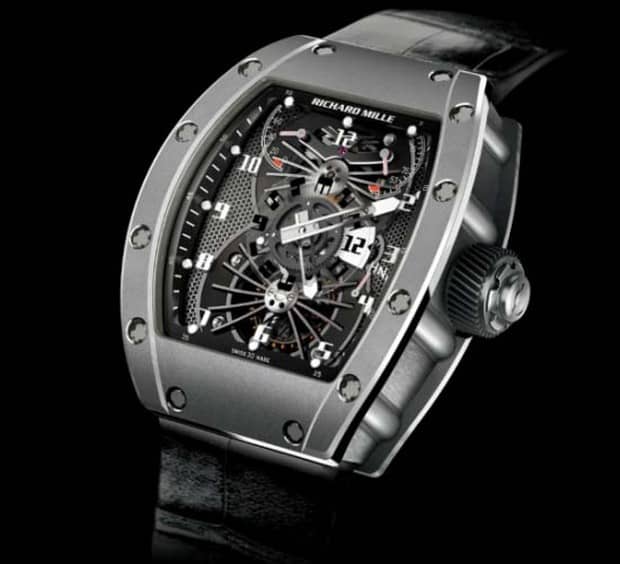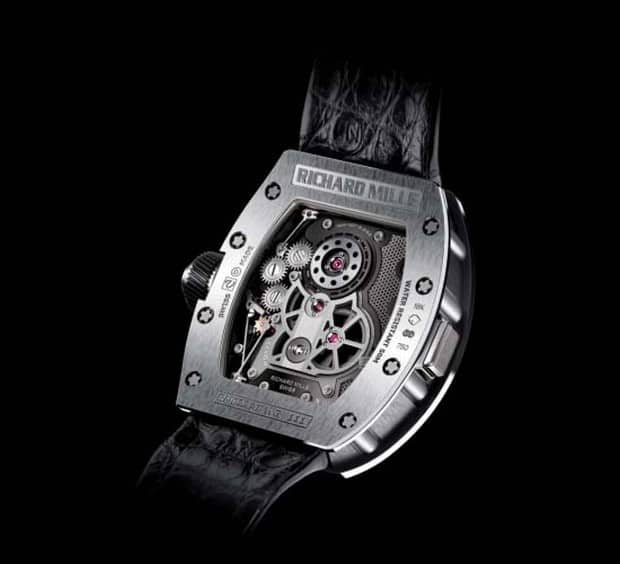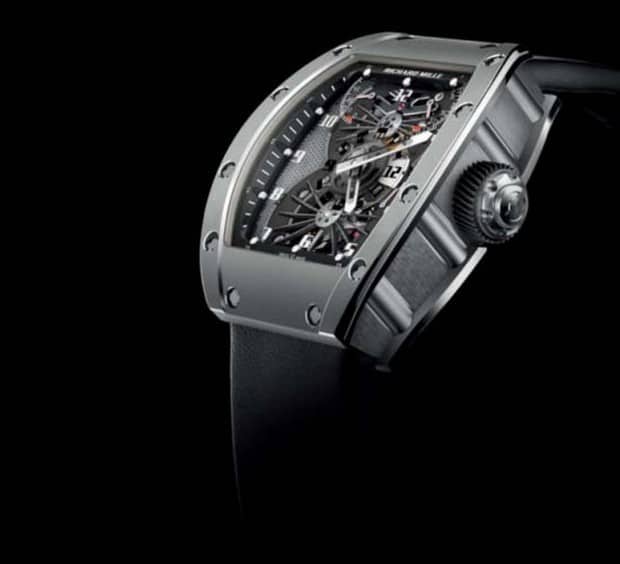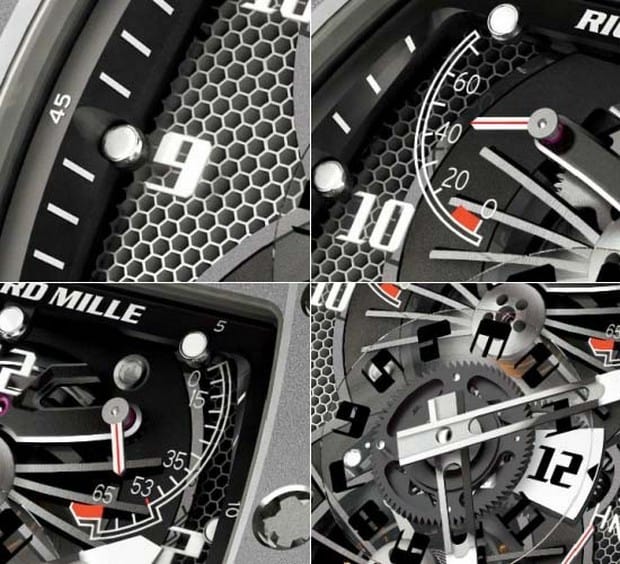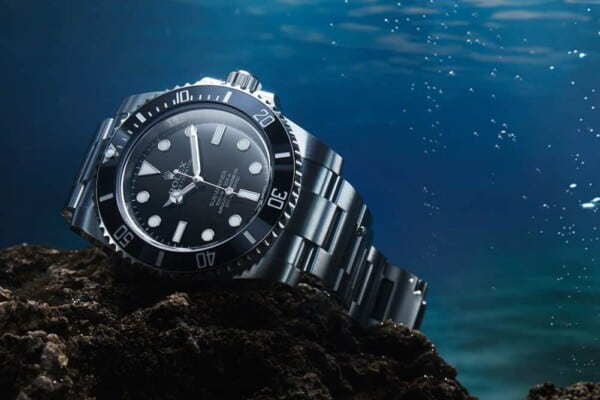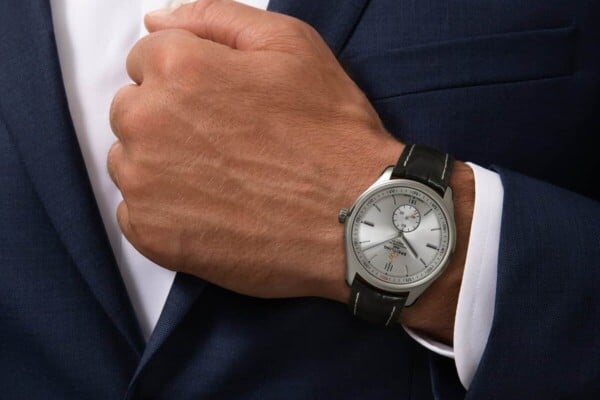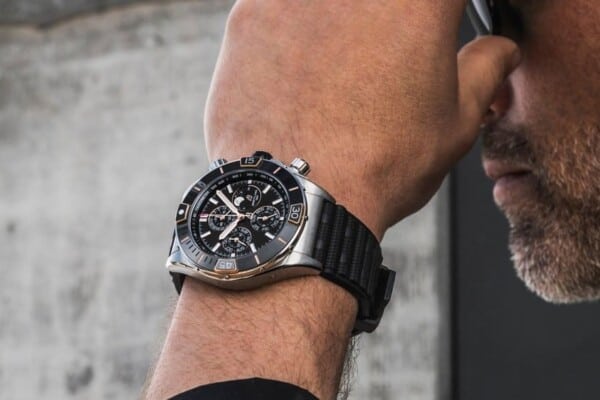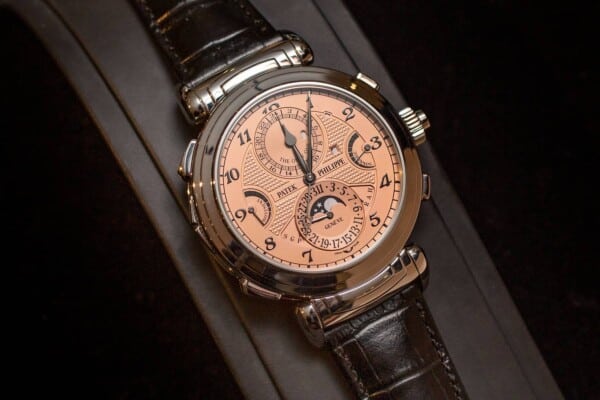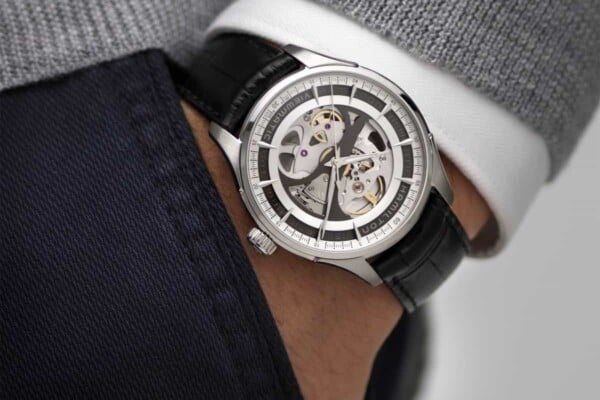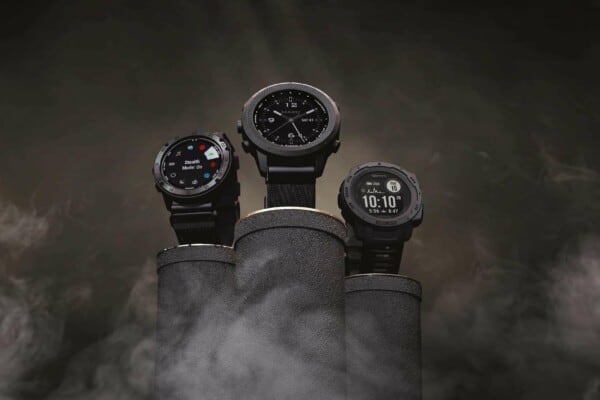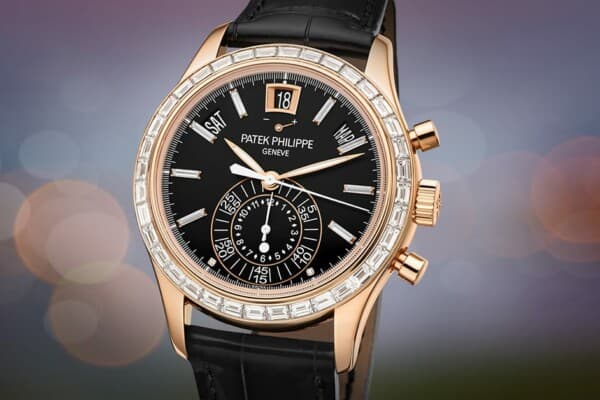One of our favorite watchmakers, Richard Mille, has once again proven that the limits of imagination are meant to be surpassed. It is innovation and extreme precision that the brand uses in building exquisite timepieces, just like the newest limited edition RM 022 carbon watch.
It’s an entirely new edition of the RM 022 tourbillion “Aerodyne” Dual Time Zone, with a movement baseplate crafted from titanium and honeycombed orthorhombic titanium aluminide with carbon nanofiber core. The watch will only be available in 5 units, at a few select retailers starting this year’s July.
Having been described as “an understated timepiece”, the RM 022 carbon is based on Richard Mille’s three watchmaking principles: innovative technology, strong artistic and architectural dimension and the best in cutting edge, a timepiece designed for easy use, but entirely sophisticated.
Talking about principles of manufacture, the watch’s case has been created through injection molding of carbon nanotubes – extremely lightweight, 200 times stronger than regular types of steel and reliably durable – into a black polymer, under high pressure, resulting in a robust composite that can absorb stronger impacts than the traditional carbon fiber through an incredibly high surface-volume ration.
Technically, the Caliber RM 022 is a manual winding tourbillion movement with dual time zone, minutes and hours above a transparent sapphire crystal disc, which will only become obvious when suspended above the light-colored field placed at the 3 o’clock position.
In addition, the watch sports a near-to 70 hours power reserve indicator located between the 11 and 12 o’clock indicators, a torque indicator that displays the main spring’s internal tension and a function selector to show the watch’s state for winding, neutral and hand-setting positions.
Probably the most intriguing fact related to this watch is that the orthorhombic titanium aluminides patterned in a honeycombed geometry were actually one of NASA’s projects, in research and development. The material was supposed to be applied as a core material to supersonic aircraft wings.
[BornRich]

